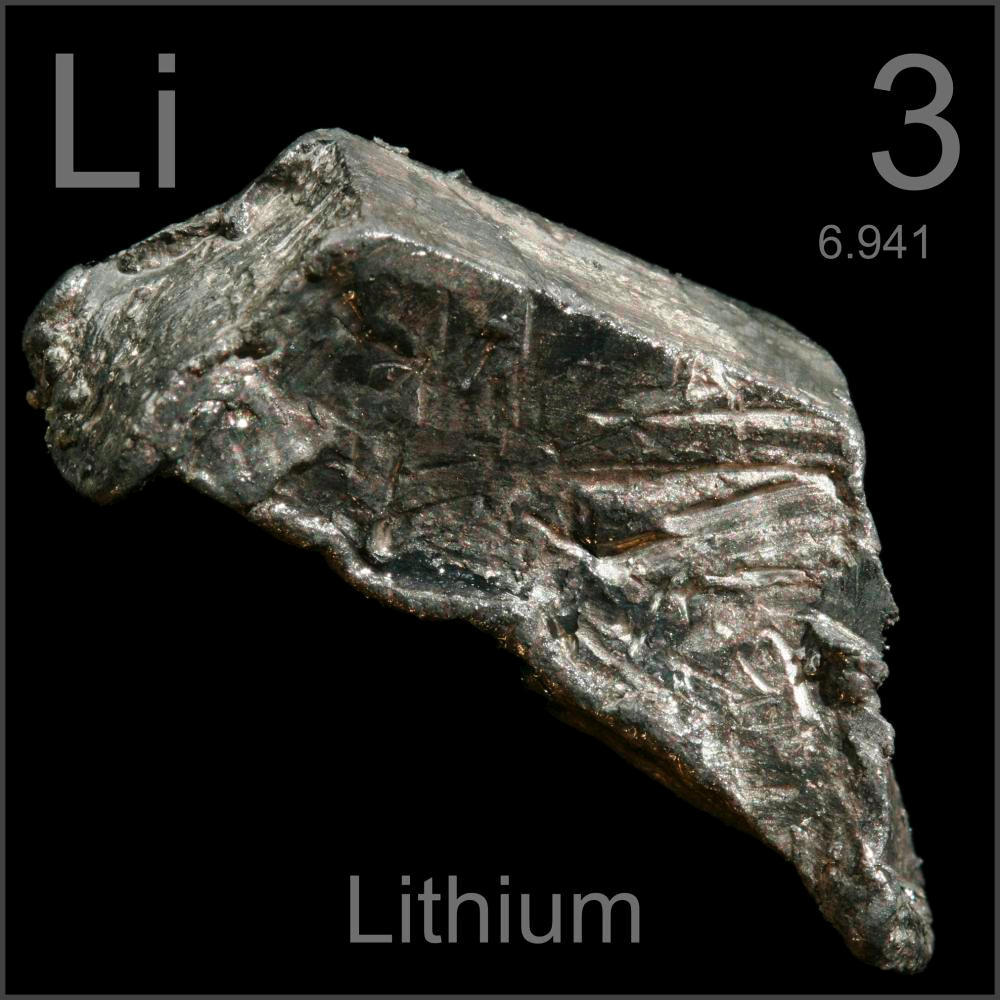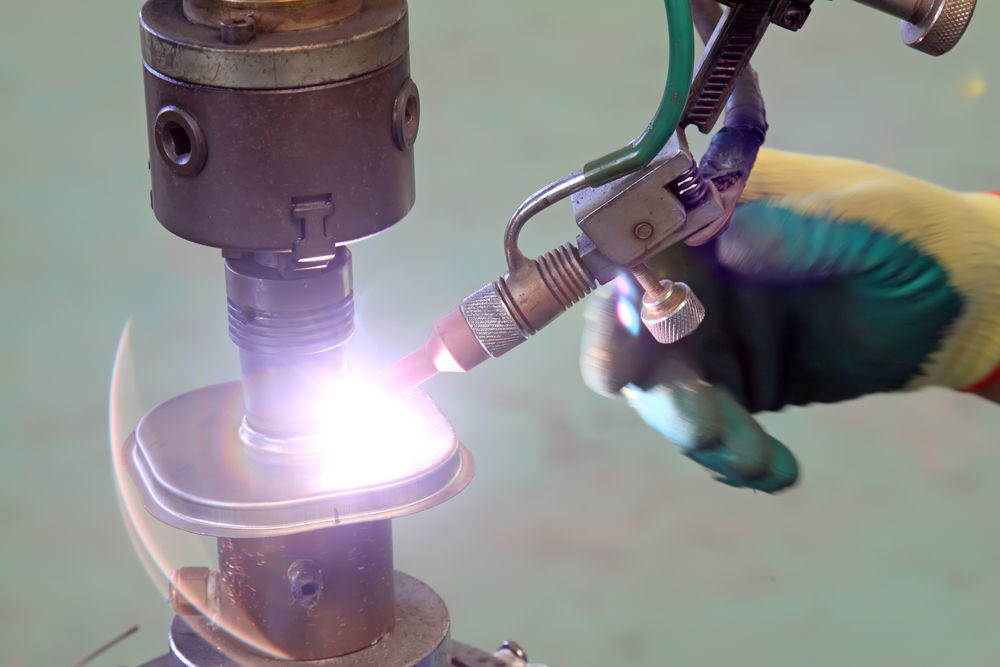Definition
The Periodic Table is the tool for arranging elements based on the correlation between the periodic function of their atomic numbers and the properties of the elements in question (i.e., physical and chemical ones). Groups are the eight horizontal columns in the table. In every group, the atomic size and electropositivity levels drop, whereas the nuclear charge, ionization potential, and electronegativity rise, when viewed in descending order.
Long Form
Although the Periodic Table is typically represented by its short form, the long one is sometimes used to demonstrate the correlations mentioned above in a more graphic manner.
Groups
Group 1
The first group consists of seven elements, which are defined as alkali metals and include Lithium (Li), Sodium (Na), Potassium (K), Rubidium (Rb), Cesium (Cs), and Francium (Fr). The electrons in the identified group are arranged on orbital 1s-7s. The elements in the group are typically labelled as metals. Although Hydrogen (H) is often attributed to the group, it is not viewed as a metal.

Group 2
The second group contains the same number of elements as the first one. It incorporates (Beryllium (Be), Magnesium (Mg), Calcium (Ca), Strontium (Sr), Barium (Ba), and Radium (Ra). The 6d orbital is filled by the electrons of the elements belonging to the second group, which includes alkaline earth metals.

Groups 3-10
The third group, in its turn, contains electrons located at the 6d orbital. Unlike the first two groups, this one incorporates the so-called transition metals, also known as semi-metals, or metalloids. The electrons in the atoms of the elements located in the specified group. There are three electrons on the orbital of the elements correspondingly. Furthermore, groups 3-10 do not have specific names based on their properties and, therefore, are labelled based on the elements that they contain (e.g., the scandium family, the titanium family, etc.).

Group 11
The eleventh group includes coinage metals. The orbital that corresponds to the group is 3d and 4s. The name of the group can be explained by the fact that the metals in it were used to make coins.

Group 12
The group, including volatile metals, incorporates Zinc (Zn), Cadmium (Cd) and Mercury (Hg). Among the essential properties of the metals, the fact that they are soft needs to be brought up.

Group 13
Also known as the Boron group, it includes Boron (B), Aluminium (Al), Gallium (Ga), Indium (In), and Thallium (Tl), as the title shows. The number of electrons per shell ranges from 2 to 32. The elements fill the full s orbital and partially the p one (with an electron on it).

Group 14
Including crystallogens, the group in question belongs to the carbon family. The electrons fill the 2p orbital.

Group 15
The Pnictogen family, or Group 15, is also referred to as the nitrogen family. The elements in the identified groups can form very strong covalent bonds. The elements have five electrons, in general (specifically, the electrons are located in the 2s and the 3p orbital).

Group 16
Also labeled as the Oxygen family, the specified group includes Oxygen (O), Sulfur (S), Selenium (Se), Tellurium (Te), and Polonium (Po). It should be noted that Polonium is the only radioactive element in the group.

Group 17
Group 17, or Halogens, is known for the unique property of its elements, which is creating compounds with any other element.

Group 18
Last but not least, the group includes the so-called noble gases. The term was coined to indicate their low ability to produce a reaction with any other element under standard conditions.

Reference List
Argon n.d., 2016, Web.
Beryllium n.d., 2016, Web.
Boron n.d., 2016, Web.
Cadmium n.d., 2016, Web.
Carbon n.d., 2016, Web.
Chlorine n.d., 2016, Web.
Copper n.d., 2016, Web.
Lithium n.d., 2016, Web.
Nitrogen n.d., 2016, Web.
Sulfurn.d., 2016, Web.
Titanium n.d., 2016, Web.